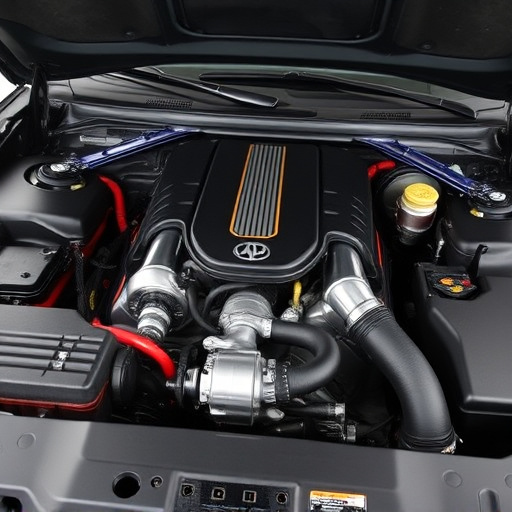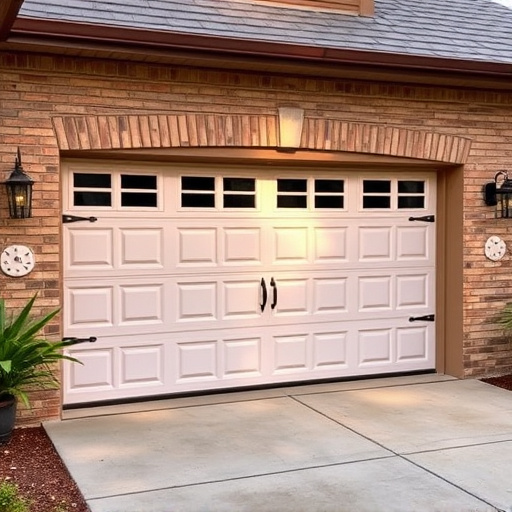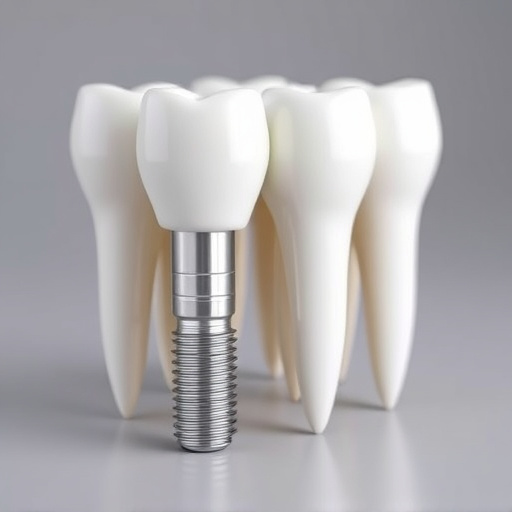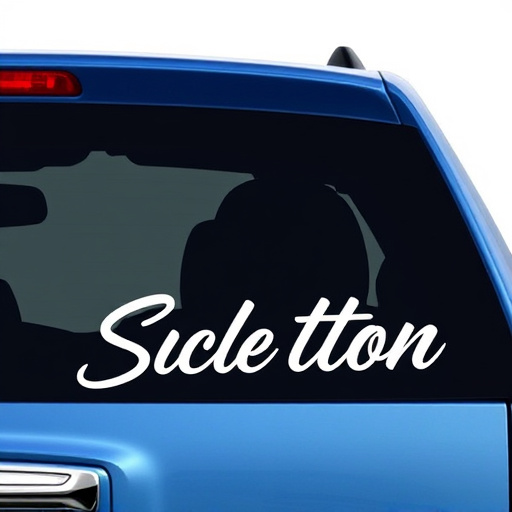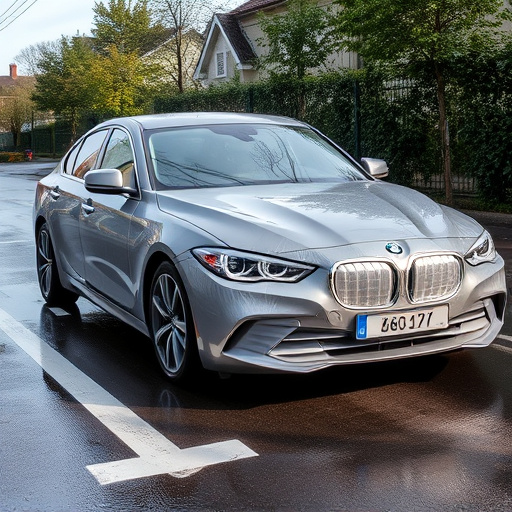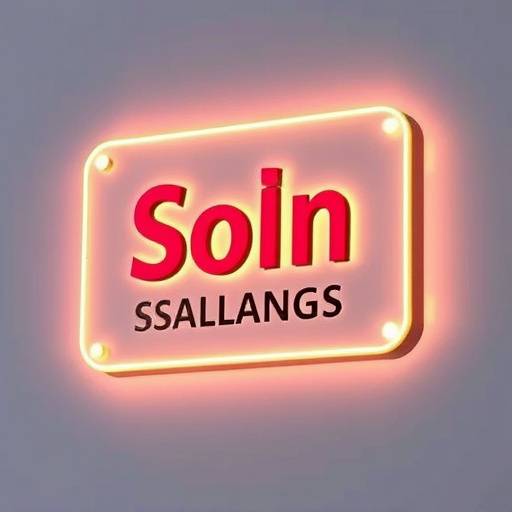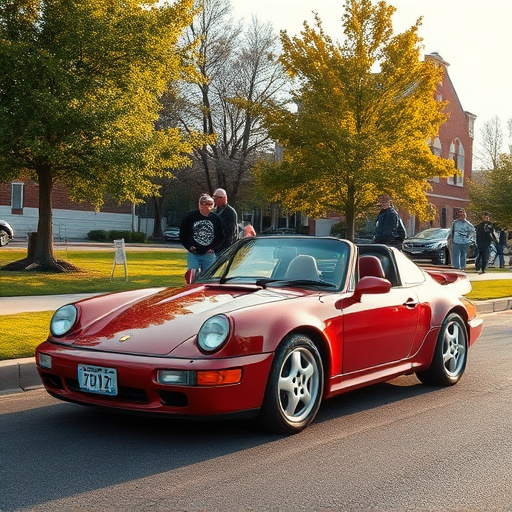Automotive window tinting isn't just a cosmetic enhancement—it's a practical solution offering multiple benefits for car owners, including better fuel economy, interior protection from solar heat, and enhanced aesthetics. The installation process involves meticulous preparation and precise application of thin films that block UV rays. Post-installation care, such as avoiding extreme temperatures and using mild detergents, is crucial to maintain optimal performance and longevity. Professional PPF installation provides durability and a wide range of stylish options, making automotive window tinting a valuable investment for vehicle protection and visual appeal.
Looking to transform your vehicle’s interior? Discover the world of automotive window tinting, a popular modification that offers both style and functionality. This comprehensive guide explores everything you need to know about the installation process, from choosing the right materials to understanding the benefits of tinting. We’ll walk you through each step, providing valuable insights for a successful DIY project or helping you choose an expert installer. Learn how to maintain your new tint for optimal performance.
- Understanding Automotive Window Tint: Materials and Benefits
- The Installation Process: Step-by-Step Guide
- Post-Installation Care: Ensuring Optimal Performance
Understanding Automotive Window Tint: Materials and Benefits
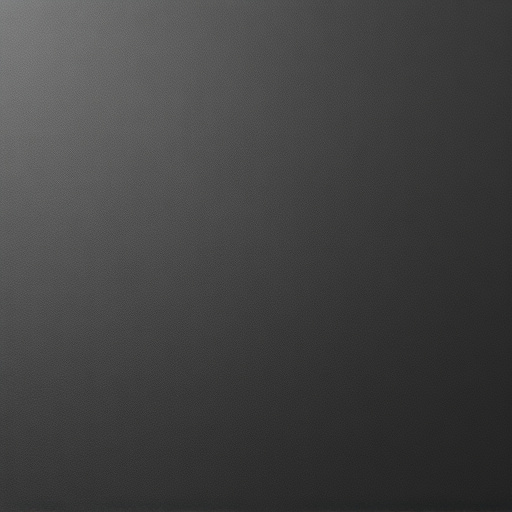
Automotive window tint, a popular car customization choice, offers much more than just aesthetic appeal. It involves the application of a thin layer of tinted film to vehicle windows, designed to block harmful UV rays from the sun and reduce glare. The materials used in automotive window tinting have advanced significantly over time, with modern films offering various levels of darkness and unique properties like heat rejection and IR (infrared) blocking capabilities.
Beyond enhancing privacy and comfort, these tints provide significant benefits for vehicle owners. They can keep interiors cooler by reducing the amount of solar heat that enters the car, thereby improving fuel efficiency as air conditioning usage decreases. Additionally, they protect against fading of upholstery and dashboards caused by UV rays. For those seeking a more custom look, professional PPF (paint protection film) installation often involves ceramic window tinting, offering superior durability and a range of stylish finishes, from subtle to bold.
The Installation Process: Step-by-Step Guide

The installation process for automotive window tinting is a meticulous art that requires precision and expertise. It typically involves several steps to ensure optimal results and the best in high-quality finishes. The first step is preparing the surface by cleaning and decontaminating the glass to create a flawless base. This critical step ensures that no contaminants will affect the adhesion of the tint film.
Once the glass is ready, the tinter carefully applies the automotive window tint using specialized tools, starting from one edge and smoothly working across the entire pane. The key lies in maintaining precise alignment during installation. After applying the tint, a ceramic coating can be added to enhance UV protection and give the windows a sleek, modern finish. This extra step ensures not just functionality but also adds aesthetic appeal to the vehicle’s interior.
Post-Installation Care: Ensuring Optimal Performance
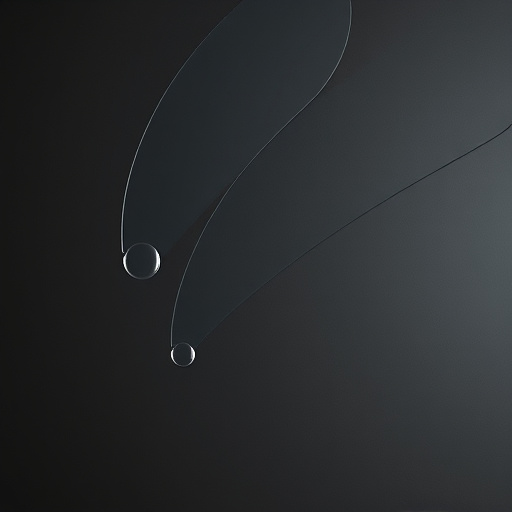
After your automotive window tint installation is complete, proper post-care is essential to ensure optimal performance and longevity of the tinted film. This includes avoiding extreme temperature changes, as sudden heat or cold can cause the film to shrink or bubble. It’s recommended to keep your vehicle in a controlled environment, especially during the initial few days after installation.
Additionally, regular washing and maintenance are crucial. Use a soft cloth and mild detergent to clean the tinted windows gently, avoiding abrasive materials that could scratch the surface. Remember, high-quality finishes like ceramic window tinting or ceramic coating can enhance durability, so maintaining the integrity of these layers is key to preserving the overall aesthetic and protection offered by your automotive window tint.
Automotive window tint installation is a straightforward process that offers numerous benefits, from enhanced privacy and protection against UV rays to improved vehicle aesthetics. By following the step-by-step guide and practicing proper post-installation care, you can enjoy the full advantages of this game-changing modification. Remember that choosing the right materials and ensuring professional application are key to achieving optimal results with your automotive window tint.
